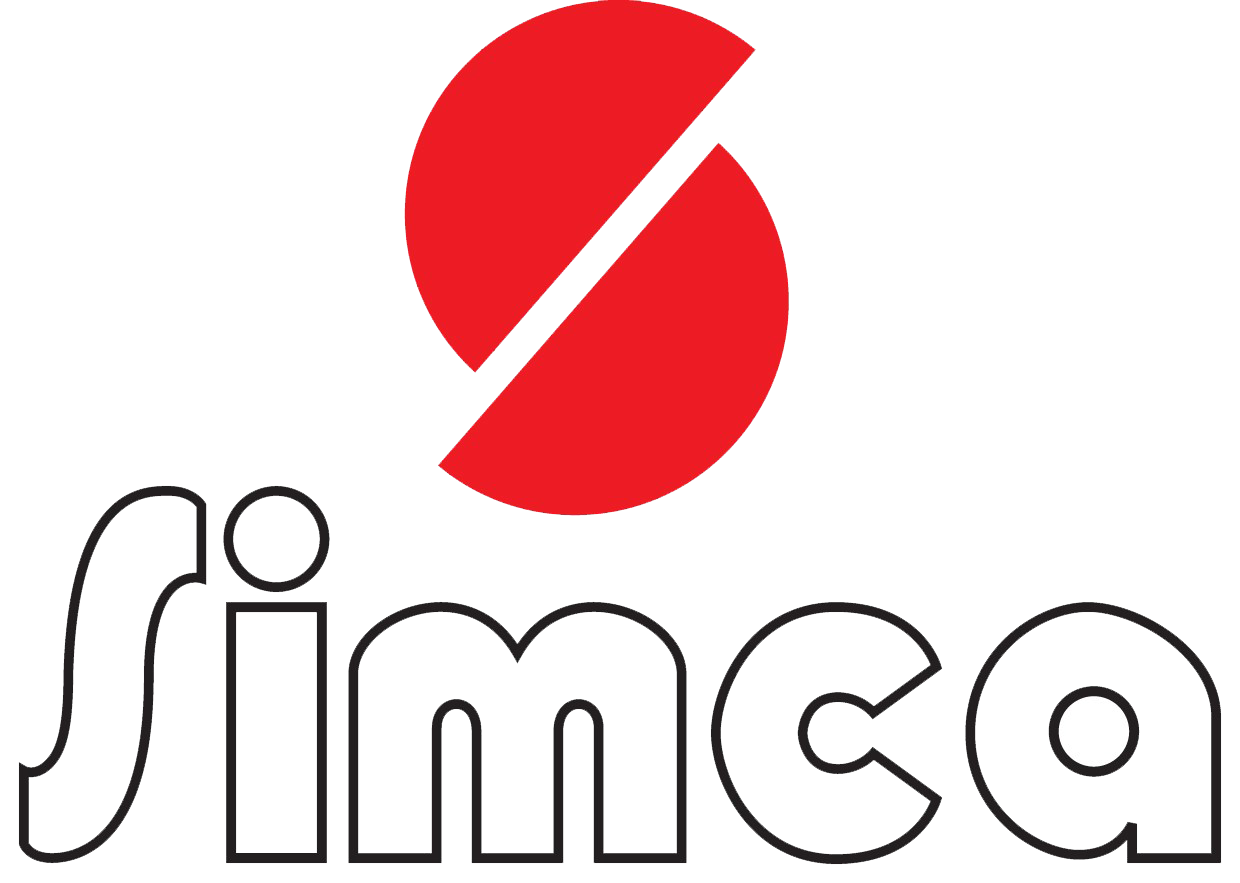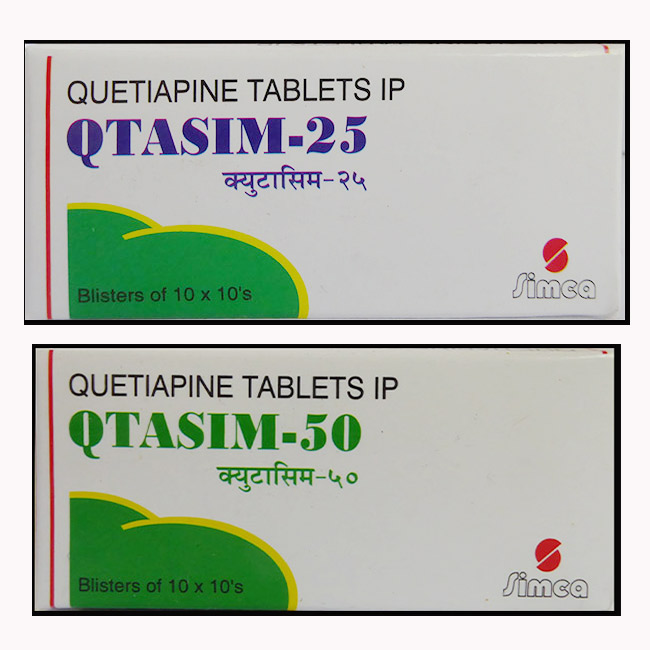Qtasim
Generic composition: Quetiapine Fumarate
General description
Quetiapine is a second-generation dibenzothiazepine atypical antipsychotic used in schizophrenia, major depression, and bipolar disorder. Quetiapine demonstrates a high level of therapeutic efficacy and low risk of adverse effects during long-term treatment. It is well-tolerated and a suitable option for some patients with high sensitivity to other drugs, such as clozapine and olanzapine.
Therapeutic category
- Atypical Anti-psychotics
Dosage forms
- QTASIM 25mg Tablets
- QTASIM 50mg Tablets
- QTASIM 100mg Tablets
Indications
- Schizophrenia
- Bipolar Disorder
- Major Depressive Disorder
Dose
- 25mg or 50 mg two or three times a day.
- Dose reduction in elderly and hepatic impairment: initial 25 mg followed by daily increments of 25-50 mg, according to response.
Mechanism of action:
It is Dopamine (D1 and D2), Serotonin (5-HT2), Histamine (H1), and Adrenergic receptor antagonist. It has been
proposed that the efficacy of Quetiapine in schizophrenia and its mood-stabilizing properties in bipolar
depression and mania are mediated through a combination of D2 and 5-HT2 antagonisms.
Pharmacokinetics
Absorption: Well absorbed after oral doses, 83% plasma Protein Binding), 1.5 hrs peak plasma concentration
Distribution: distributes throughout body tissues, apparent volume of distribution of this drug is about 10±4 L/kg.
Metabolism: Metabolized in liver by CYP3A4 (sulfoxidation and oxidation).
Elimination: Eliminated primarily via urine (73%) and minor via feces (20%),
Half-life: 6-7 hours
Precautions
Caution in patients receiving antihypertensive, gradual withdrawal is recommended, because of risk of withdrawal symptoms.
Side effects
Common: Somnolence, headache, dizziness, weight gain, particularly during early treatment, rises in plasma-TG and total cholesterol concentration, constipation, dry mouth, dyspepsia, increased appetite, peripheral edema, anxiety.
Rare: Orthostatic hypotension associated with dizziness, tachycardia and syncope, Hyperglycaemia and exacerbation of pre-existing diabetes. Monitoring in such case required.
Drug Interactions:
- Central effects of CNS Depressants, including alcohol, are increased.
- CYP inhibitors like erythromycin, fluconazole, ketoconazole increases plasma concentration. Hence, dose reduction recommended.
- CYP inducers like carbamazepine, phenytoin decreases concentration. Hence, higher dose recommended.
References
- Rxlist
- Drug bank


